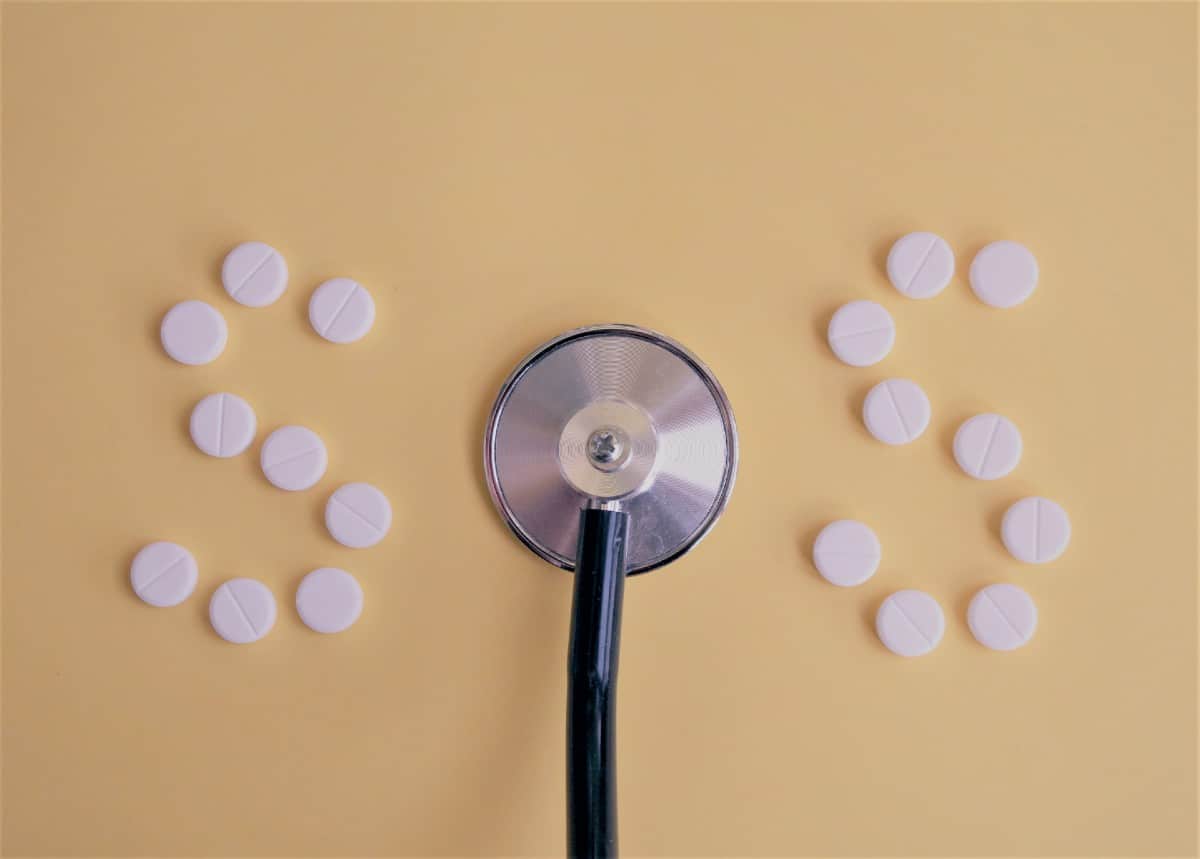
A recent NY Times article called the lack of abortions considered “essential” during COVID-19 an “obstacle course” for women’s health.
Mentioning that in March the U.K. lifted safety restrictions to make chemical abortion pills more accessible during COVID-19, the British Pregnancy Advisory service has now launched a “pills by post” program for at-home abortions. They advertise “DIY abortions” requiring only a 40-minute call with an abortion facility to request the abortion pills before receiving them in the mail. Previously, chemical abortions could only take place in a facility under supervision.
The Europe director of the Center for Reproductive Rights, Leah Hoctor, said that at-home abortions “represent women-centered, evidence-based policy changes,” however this has led to serious complications for women like 27-year-old Courtney Barnes of Kent England, who told the Daily Mail that her DIY abortion did not go as planned. After taking the pills at home, Barnes experienced severe pains and bleeding, realizing afterward that the abortion had not been completed, and did not receive any follow-up calls from the abortion facility she had consulted with prior. This story is one of many.

These are consequences many women will suffer because of the abortion industry’s aggressive lobbying to remove Risk Evaluation and Mitigation strategies (REMs) that are meant to protect women from the dangerous effects of chemical abortions. On June 1, the World Health Organization updated its guidelines to approve the use of telemedicine to distribute abortion drugs at home as “noninvasive medical methods” which would lessen the number of in-person visits at a facility.
Chemical abortion drugs like RU-486 endanger women by causing infection, infertility, clinical depression, or death. A study from the National Library of Medicine reported that abortion pills cause 4x the complications as surgical abortion, as well as a higher risk of hemorrhage or failed abortion attempts.
While abortion supporters like the World Health Organization push for the abortion pill to be mailed to women and girls without the usual REMS to ensure safety, the Guttmacher Institute explains that, “Induced abortion is medically safe when WHO-recommended methods are used by trained persons, less safe when only one of those two criteria is met, and least safe when neither is met.”
This seems contradictory because mailed pills would not include a “trained person” committing the abortion as it would at a facility, so by their own standards, it would be considered less safe. But since this method would be WHO-recommended, abortion supporters would consider it safe. It’s a cyclical, illogical line of reasoning.
As usual, none of this is safe for the baby and no abortion is completely safe for women, either. But the further away we get from this logic, the more it shows the lack of concern abortion supporters have for the dignity of human life and the safety of women. Abortion is still being presented as a safe, quick-fix for women while disregarding the facts of how it harms them.
Share this post
Recent Posts

Pro-Abortion Zealots Throw Bloody Fake Babies at Lydia Taylor’s “Not Your Body, Not Your Choice:” Minds Still Changed Towards the Pro-Life Movement
17 Apr 2024
Planned Parenthood Proves Once Again that Abortion is FEDERAL, as More Taxpayer Resources Lost to the Nation’s Number One Abortion Vendor
17 Apr 2024
Smashing and Trashing in the Sunshine State: Cemetery of the Innocents Gets Vandalized, But that Won’t Stop the Pro-Life Generation from Reaching the Youth
16 Apr 2024
